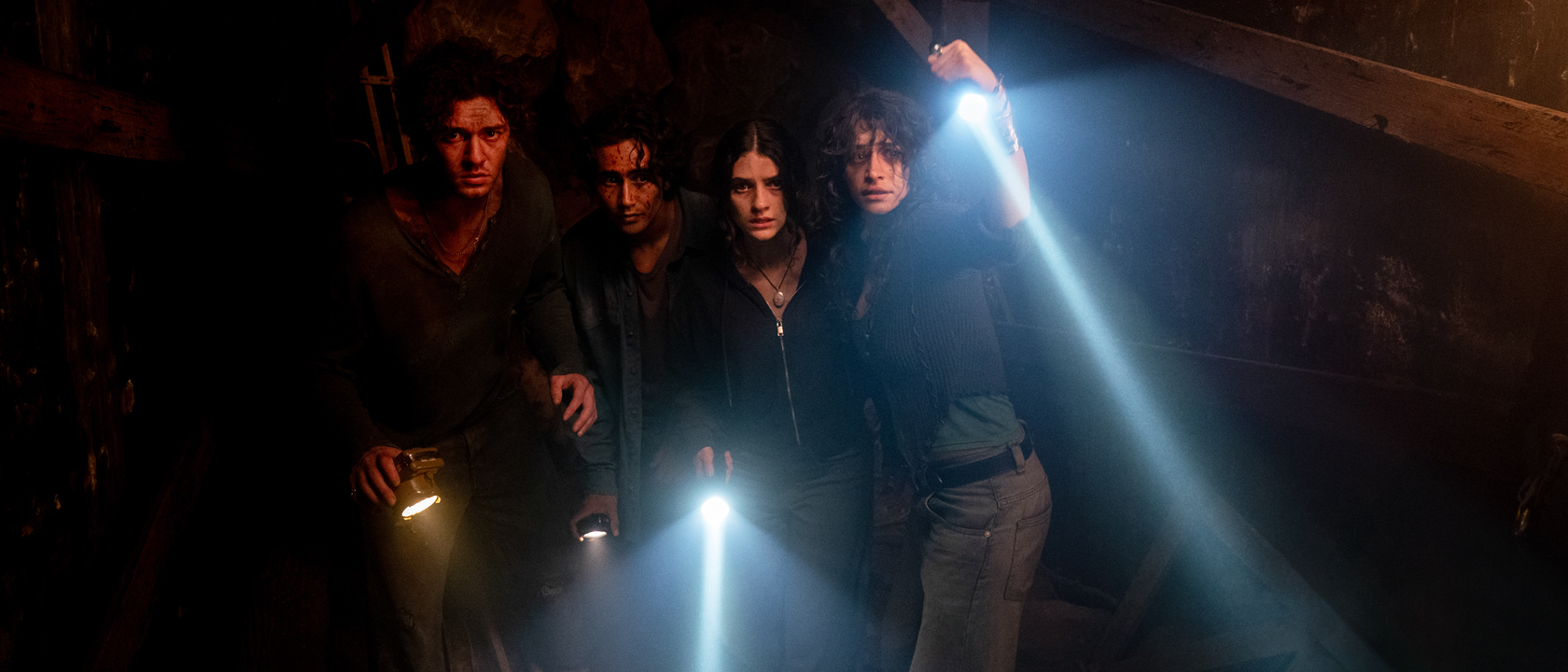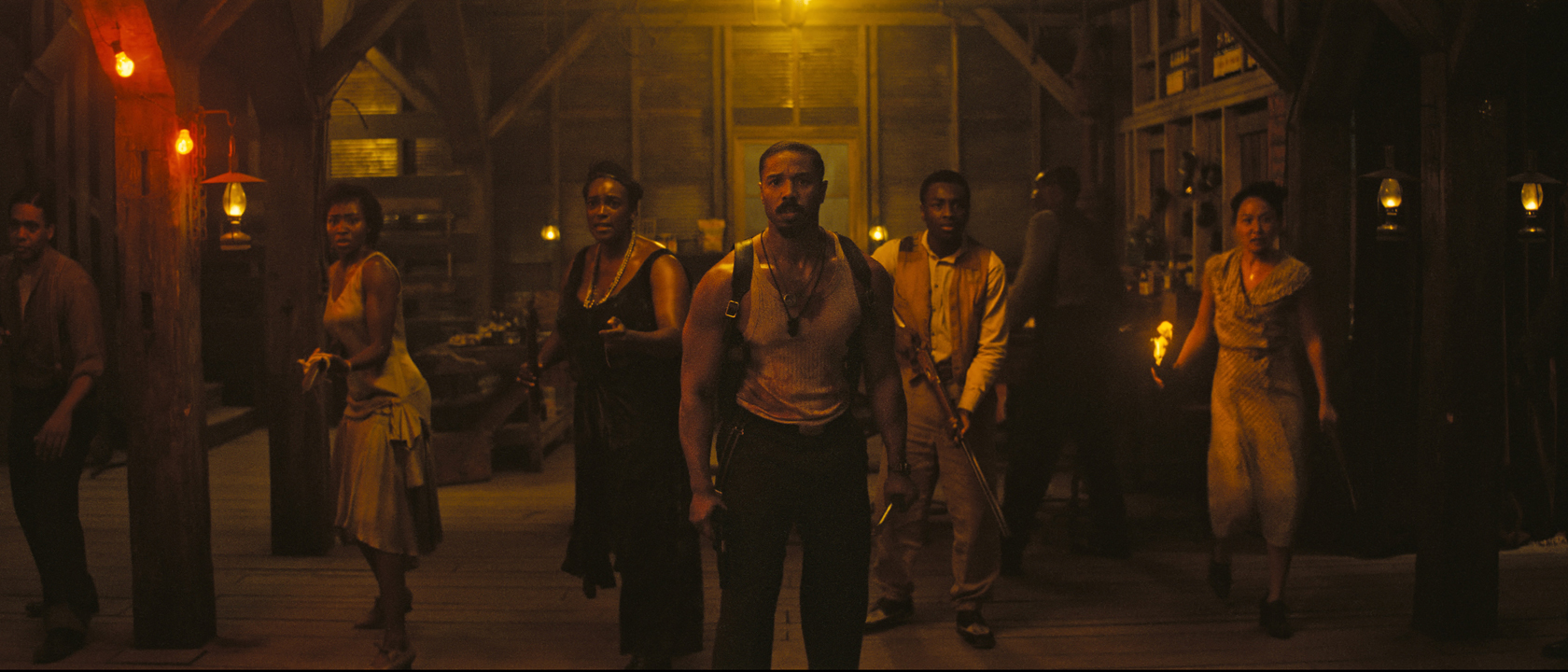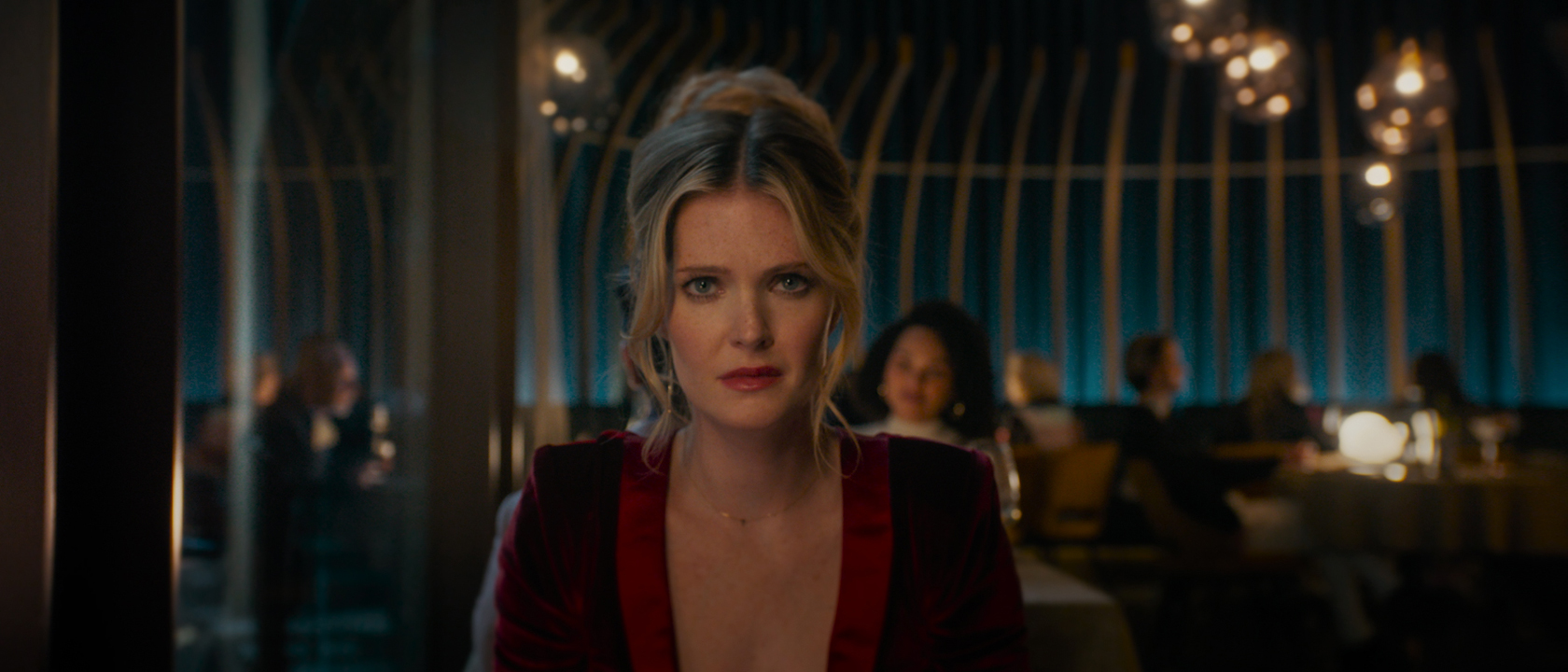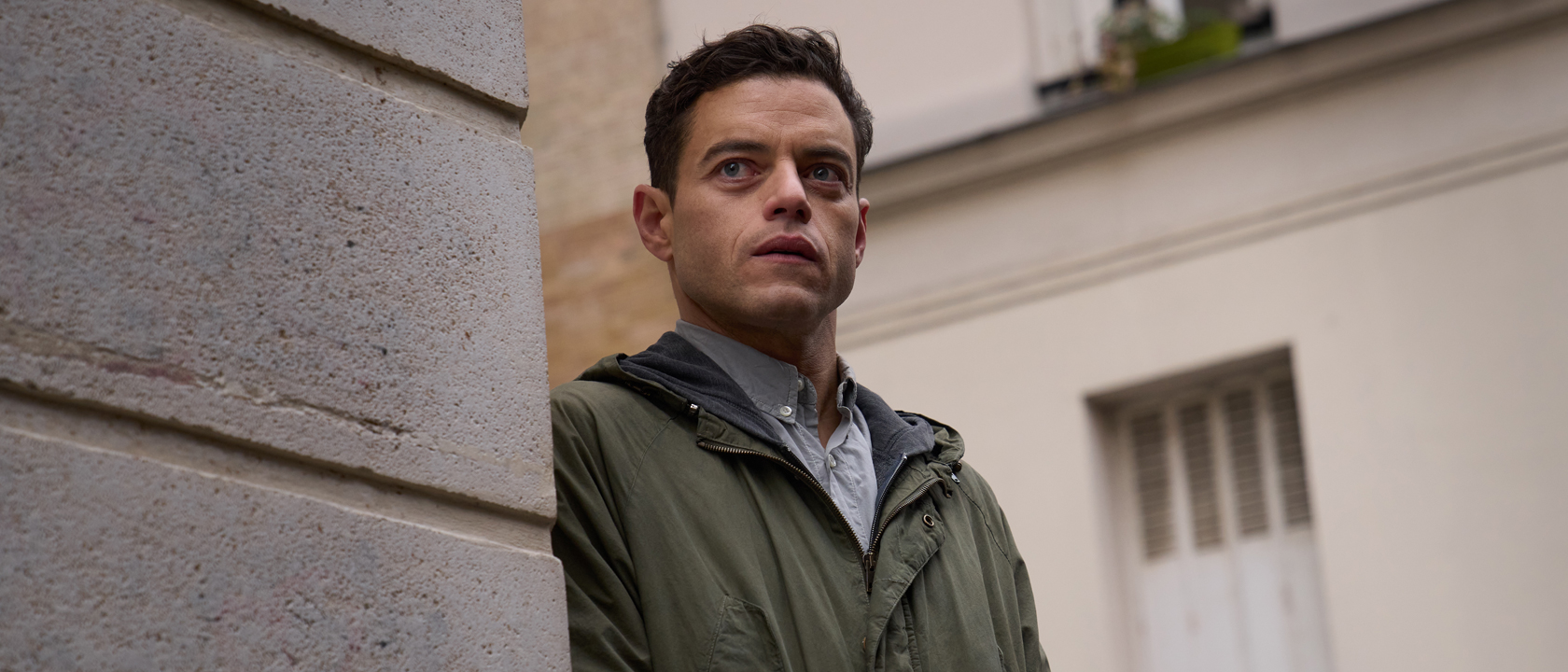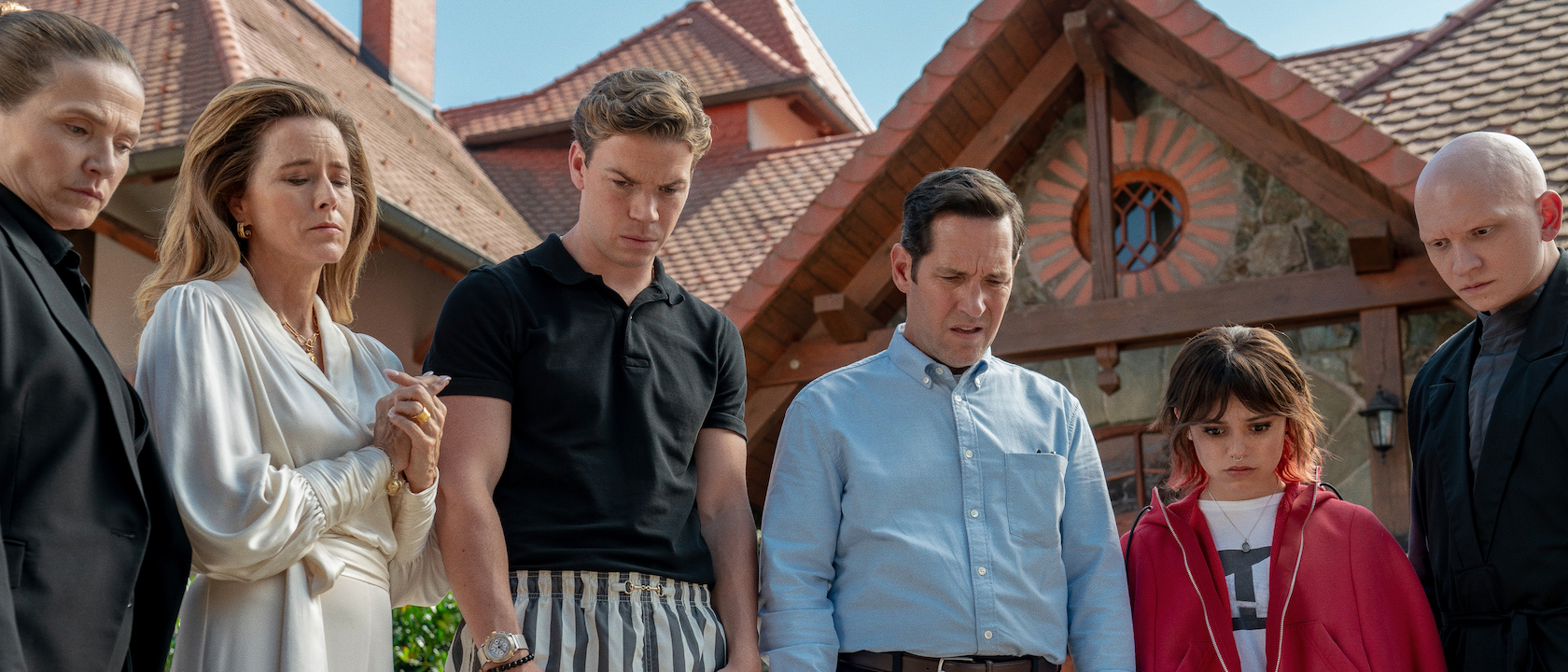Not being much of a gamer myself, I can’t personally speak to the effectiveness of director David F. Sandberg’s Until Dawn as an adaptation of its source material, but one thing that cannot be questioned is its core genre affection. At a time when horror is really clicking with audiences, the film is undeniably a love letter to scary storytelling, and it’s built in such a way as to try and capture the many different facets of it – with a central premise that allows for exploration into a wide variety of nightmares. There is a great deal of passion to it to go along with a strong foundation, but it’s also a movie that isn’t quite able to reign in its vast potential and bites off more than it can chew with its scale. The result is a feature that is enjoyable but also feels like it could have been… more.

Release Date: April 25, 2025
Directed By: David F. Sandberg
Written By: Gary Dauberman and Blair Butler
Starring: Ella Rubin, Michael Cimino, Odessa A’zion, Ji-young Yoo, Belmont Cameli, Maia Mitchell, and Peter Stormare
Rating: R for strong bloody horror violence, gore and language throughout
Runtime: 103 minutes
The most apt way that I can sum up the film is as a riff on Drew Goddard’s The Cabin In The Woods with a time loop twist: a collection of characters find themselves caught in a classic horror movie setup, but instead of just dealing with a singular terror, a science-fiction plot device has them experiencing the same night over and over again with ever-changing results. The field is wide open to try and hit on a bunch of different subgenres and monsters, and there are a number of cool ideas that result in fun and freaky sequences, but the movie falls short of fulfilling the heights of its promise.
Reuniting Sandberg with Annabelle: Creation screenwriter Gary Dauberman, Until Dawn begins as a group of friends – Clover (Ella Rubin), Max (Michael Cimino), Nina (Odessa A’zion), Megan (Ji-young Yoo), and Abe (Belmont Cameli) – come together on the anniversary of one of their own – Clover’s sister Melanie (Maia Mitchell) – disappearing without a trace. Gathering together at the place where Melanie was last seen, they make a last ditch effort to try and solve the mystery, and they learn about a local mining town called Glore Valley where people have been going missing.
Driving through dense woods and through a torrential rainstorm that weirdly ends right at the border of Glore Valley, the protagonists arrive at what appears to be an abandoned visitor’s center that includes a number of notable features, including a guest book with the same names written over and over again, a giant hourglass embedded in the wall, and a tack board full of missing person flyers. It’s clear from the jump that something is very wrong, but circumstances only get worse as they find themselves repeatedly being killed and living the night over and over again. Their bodies left injured and changing through the time loops, they eventually understand that they only way that they can survive is by all of them managing to live until sunup.
Until Dawn offers tastes of fun horror but never feels like a full meal.
The jewel of Until Dawn is the fact that each time the characters die and get resurrected, there is a fresh opportunity to explore a different subgenre. The first “night” is a classic slasher riff, with a hulking, masked man hacking his way through the heroes with a hefty pickaxe, but that’s just a single flavor, as subsequent go-rounds hit Clover, Max, Nina, Megan and Abe with spiritual possession, witchcraft, creepy crawlies, and plenty of body horror. It’s unlikely to scare the more desensitized of movie-goers, but there is an inherent fun in waiting to see what terror is coming around the corner next.
The problem with this is that the film finds itself getting stuck in a kind of no man’s land. It’s like going to a cocktail party when you haven’t had dinner and you’re really hungry: the various appetizers coming around on cater waiter trays provide an enjoyable variety of tastes, but the bite-sized portions don’t leave you totally satisfied or fill you up. This is best illustrated in the fact that some of the best scares in Until Dawn are presented as a montage of footage that Abe discovers on his phone in the third act.
This isn’t to say that the movie doesn’t have some really great ideas. My favorite sequence in Until Dawn finds the characters trying to outsmart the central conceit by barricading themselves in a bathroom, but the plan backfires in spectacular fashion via an unexpected source and results in copious blood splatter. Not everything lands as solidly, however, and it results in the narrative feeling scattershot.
Until Dawn is a movie in need of a scene-stealer that it never reveals.
Similar sentiments can be shared about the ensemble of protagonists. There is a strong core developed linking the characters together with the disappearance of Melanie, and there are focused efforts to establish special personalities and connections: Clover is overwhelmed with guilt about her lost sibling; Max still has feelings for Clover despite their recent breakup; Megan has a spiritual side that has her experience a supernatural connection to the horrors; and while Nina loves her friends, Abe is her new boyfriend who fits awkwardly into the dynamic. These each end up giving the protagonists their own particular roles to play that add complexity to the story, particularly as the plot thickens and new rules are thrown into the nightmare.
What’s notably missing in the mix, however, is an identifiable scene-stealer. Everybody in the cast is good, but nobody is great, and this is a film that that could use that kind of special, memorable spark – either among the protagonist ensemble or on the antagonist side. It’s one familiar genre staple that the movie doesn’t check off the list, and it hurts the overall experience.
Coming out in a year that has already served up a number of other genre gems – including but not limited to Companion, The Monkey and Sinners – Until Dawn rates more as “solid” than “good” or “great.” Its flaws are more apparent than typically desirable, but it’s a movie made with plenty of love, making it easy enough to like.
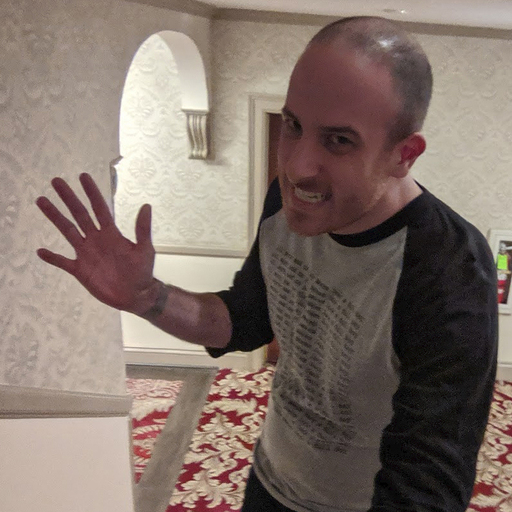
Eric Eisenberg is the Assistant Managing Editor at CinemaBlend. After graduating Boston University and earning a bachelor’s degree in journalism, he took a part-time job as a staff writer for CinemaBlend, and after six months was offered the opportunity to move to Los Angeles and take on a newly created West Coast Editor position. Over a decade later, he's continuing to advance his interests and expertise. In addition to conducting filmmaker interviews and contributing to the news and feature content of the site, Eric also oversees the Movie Reviews section, writes the the weekend box office report (published Sundays), and is the site's resident Stephen King expert. He has two King-related columns.
You must confirm your public display name before commenting
Please logout and then login again, you will then be prompted to enter your display name.
